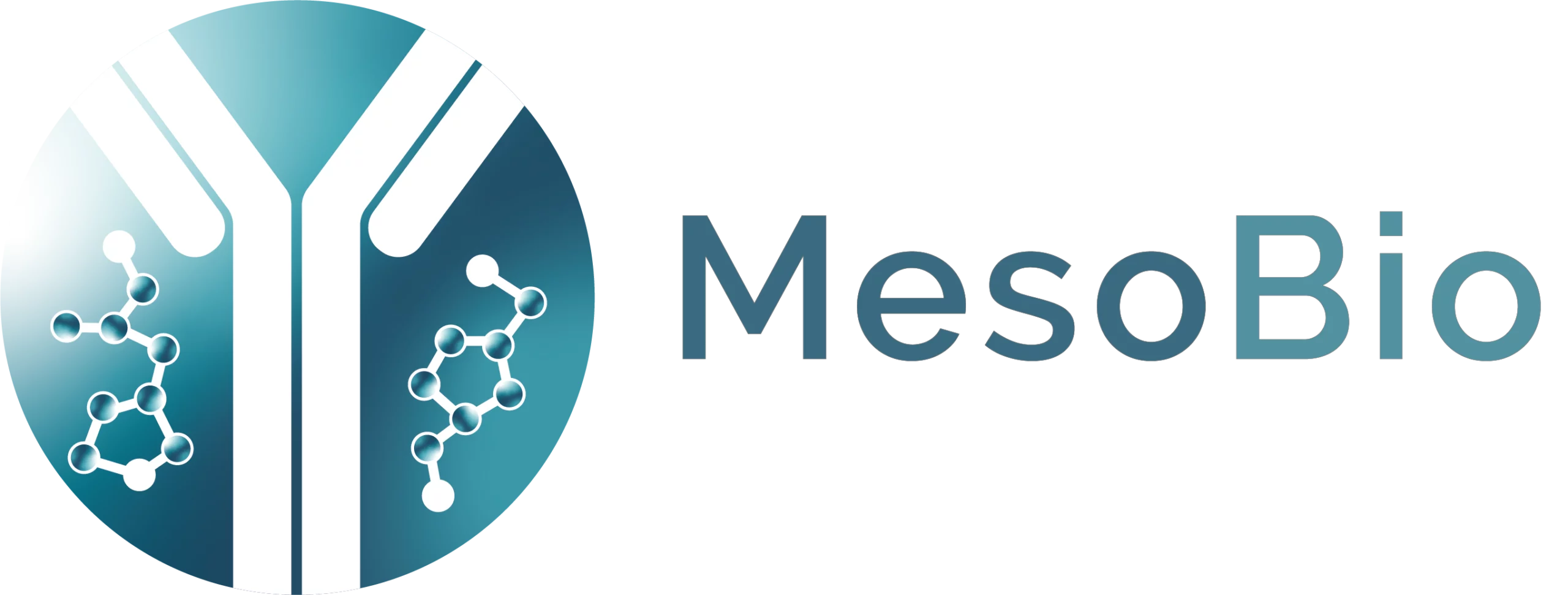Product information
| Price | €175, €275, €395 |
|---|---|
| Size | 20 µl/µg | 50 µl/µg | 100 µl/µg |
| Short name | CD159a/c Antibody |
| Host | Rabbit |
| Isotype | IgG |
| Target protein | KLRC1 |
| Recommended applications | ELISA, IHC-p, WB |
| Reactivity | Human |
| Immunogen | The antiserum was produced against synthesized peptide derived from the Internal region of human KLRC1/2/3. AA range:101-150 |
| Purification | The antibody was affinity-purified from rabbit antiserum by affinity-chromatography using epitope-specific immunogen. |
| Formulation | Liquid in PBS containing 50% glycerol; 0.5% BSA and 0.02% sodium azide. |
| Storage | -20°C for 1 year |
| Product code | MB-AP11407 |
Additional information
Prev
Next
Natural killer (NK) cells are lymphocytes that can mediate lysis of certain tumor cells and virus-infected cells without previous activation. They can also regulate specific humoral and cell-mediated immunity. Killer cell lectin like receptor C1 encoded by KLRC1 belongs to the killer cell lectin-like receptor family, also called NKG2 family, which is a group of transmembrane proteins preferentially expressed in NK cells. This family of proteins is characterized by the type II membrane orientation and the presence of a C-type lectin domain. This protein forms a complex with another family member, KLRD1/CD94, and has been implicated in the recognition of the MHC class I HLA-E molecules in NK cells. The genes of NKG2 family members form a killer cell lectin-like receptor gene cluster on chromosome 12. Multiple alternatively spliced transcript variants encoding distinct isoforms have been observed.
KLRC1, NKG2A, NKG2-A/NKG2-B type II integral membrane protein, CD159 antigen-like family member A, NK cell receptor A, NKG2-A/B-activating NK receptor, CD159a, KLRC2, NKG2C, NKG2-C type II integral me
Human: P26715
Human: 3821

